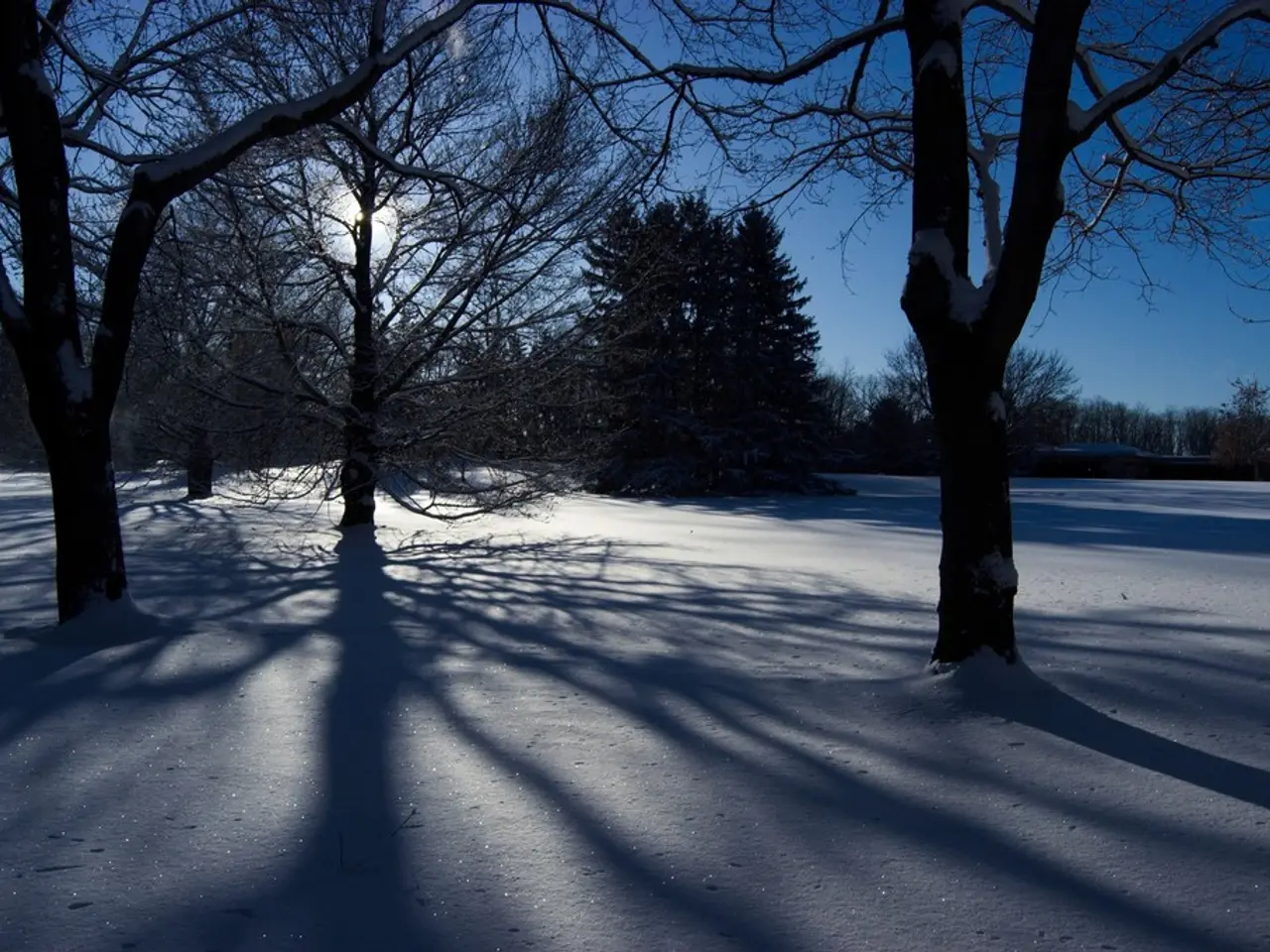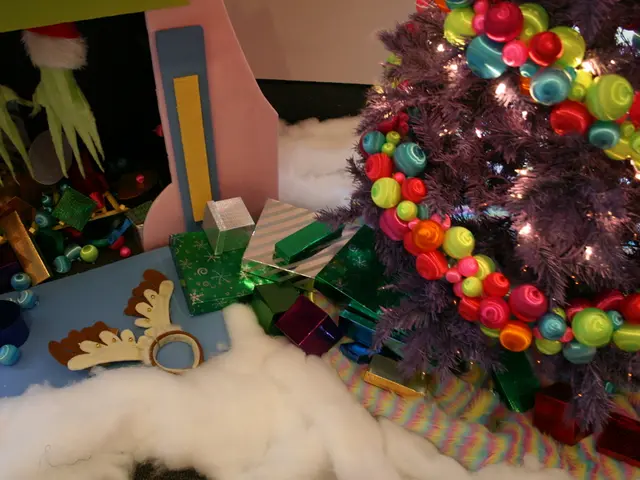Overcoming Winter Challenges in Bonsai: Dealing with Frequent Problems
As winter approaches, indoor bonsai enthusiasts may notice their beloved trees displaying signs of stress. To help ensure the healthy development and vibrant colour of your bonsai during this season, it's essential to recognise and address common winter stress signals.
### Common Winter Stress Signals in Bonsai
Leaf Drop: While deciduous bonsai losing leaves in winter can be normal, excessive or untimely leaf drop signals stress. Sudden, large-scale leaf loss—especially in evergreens or out-of-season for deciduous trees—often indicates problems such as environmental shock, watering issues, or pests.
Leaf Color Changes: Yellowing leaves can suggest overwatering or poor drainage; brown, crispy edges often indicate underwatering; leaves with spots may point to disease or pest infestation.
Mushy or Black Patches on Leaves or Stems: This symptom usually reflects cold or heat stress, common in winter if the bonsai is exposed to drafts, sudden temperature changes, or overheating from indoor heaters.
Droopy or Wilted Leaves: Often caused by underwatering or root stress due to cold or dry indoor air in winter.
Pest or Disease Presence: Look for tiny bugs, sticky residue, webbing, or fungal spots. Pests and diseases can worsen during stress periods like winter dormancy and need prompt treatment.
### How to Address Winter Stress in Bonsai
1. Maintain a Stable Environment: Keep the bonsai in a consistent location with adequate light and temperature, avoiding drafts, heaters, and cold windows. If recently moved, try to return it to its former spot to reduce relocation shock.
2. Adjust Watering Practices: Monitor soil moisture carefully—avoid both overwatering and underwatering. Water only when the topsoil feels dry to the touch and ensure pots have good drainage to prevent root rot.
3. Increase Humidity: Bonsais like Ficus benefit from increased humidity via misting or placing the pot on a humidity tray, especially in dry indoor winter air.
4. Prune Damaged Parts: Trim away any mushy, black, or heavily damaged leaves and stems with sanitised scissors to prevent disease spread and help the tree focus energy on healthy growth.
5. Inspect and Treat Pests: If infestations are detected, treat promptly with insecticidal soap or appropriate remedies to prevent further stress or damage.
6. Limit Stressful Changes: Avoid repotting or drastic care changes during winter dormancy unless absolutely necessary, as bonsai are more vulnerable to shock in this period.
By closely observing these signals and following appropriate care steps, you can help your bonsai survive winter healthily and minimise stress-related damage.
Gradually introducing bonsai to increased light levels simulates the natural progression of spring. Fertilising bonsai with a balanced, water-soluble fertiliser replenishes essential nutrients depleted during winter. Pruning with precision involves removing dead or damaged branches to promote healthy growth. Antitranspirant sprays can protect bonsai from harsh winter winds, but choose a product specifically designed for bonsai trees.
Bringing outdoor bonsai inside for winter can be detrimental to their health if not done carefully. Pruning bonsai during winter can be beneficial, but excessive cutting can stress the tree and make it more susceptible to disease and pests. Up to 70% of bonsai trees die due to winter-related stress, highlighting the significance of proactive care and attention during this critical period.
During winter, it is generally recommended to refrain from fertilising bonsai as they require minimal nutrients. In areas with mild winters, sudden heatwaves can cause dehydration and stress in bonsai trees. A critical evaluation of bonsai condition after winter can help identify areas needing extra care. Thoroughly hydrating bonsai is essential, but care should be taken to avoid overwatering.
- To maintain a vibrant lifestyle and colour in your bonsai during winter, be mindful of common winter stress signals such as leaf drop, leaf color changes, mushy or black patches on leaves or stems, droopy or wilted leaves, and the presence of pests or diseases.
- In the realm of fashion-and-beauty and self-development, learning how to address winter stress in bonsai can be a rewarding hobby, teaching patience, observation, and care for living things.
- If you're planning a travel adventure this winter, consider extending your itinerary to include visits to local botanical gardens or bonsai exhibitions for inspiration and learning opportunities.
- Whether you're an avid home-and-garden enthusiast or a pet lover, remember that bonsai trees may also need additional attention during winter, and following appropriate care steps can help them survive and thrive.
- For food-and-drink lovers, a successful bonsai could be a conversation starter at your next dinner party, adding a touch of exotic charm to relationships. And who knows? This shared interest might even result in a unique shopping spree for bonsai accessories and tools.
- In the realm of education-and-self-development, learning about bonsai care could lead to a deeper understanding of the delicate balance between keeping them healthy and navigating the challenging climate changes we often face in cars and our daily lives.
- As you embark on your bonsai journey, don't forget to enjoy the process and learn from your experiences. After all, the aim is not just to create a beautiful bonsai tree, but also to cultivate a more attentive and nurturing relationship with your environment and the living things within it.





